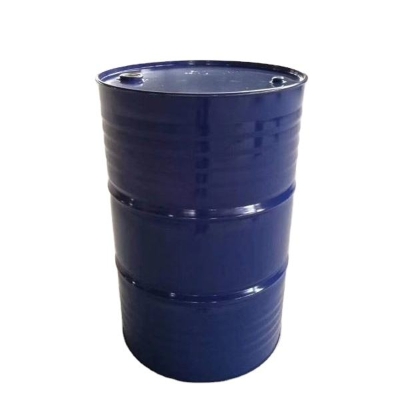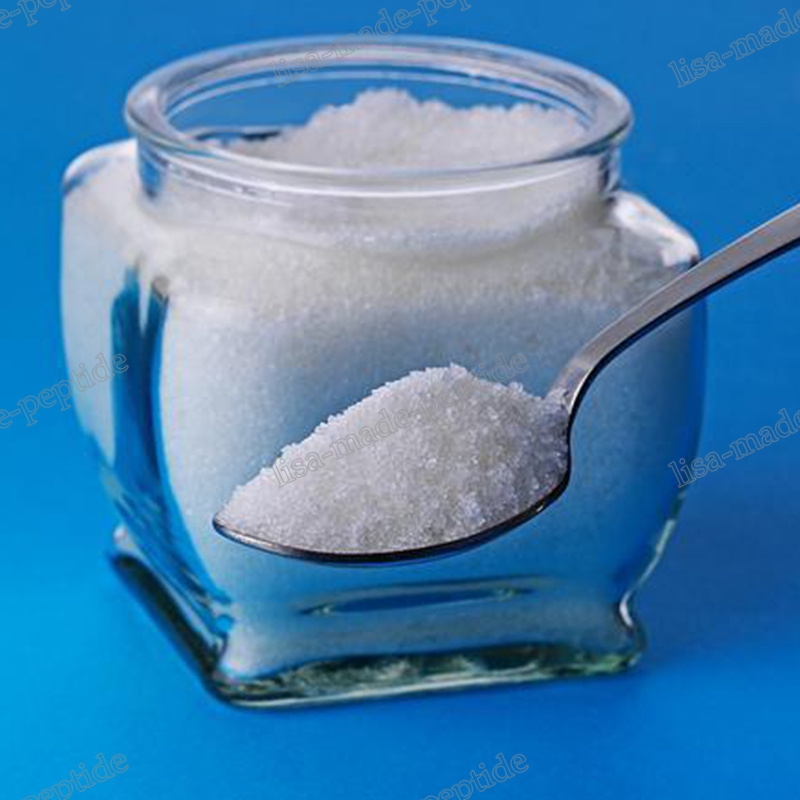-
Categories
-
Pharmaceutical Intermediates
-
Active Pharmaceutical Ingredients
-
Food Additives
- Industrial Coatings
- Agrochemicals
- Dyes and Pigments
- Surfactant
- Flavors and Fragrances
- Chemical Reagents
- Catalyst and Auxiliary
- Natural Products
- Inorganic Chemistry
-
Organic Chemistry
-
Biochemical Engineering
- Analytical Chemistry
-
Cosmetic Ingredient
- Water Treatment Chemical
-
Pharmaceutical Intermediates
Promotion
ECHEMI Mall
Wholesale
Weekly Price
Exhibition
News
-
Trade Service
Recently, associate researcher Wang Kai and researcher Liu Shengzhong's team of the Thin Film Solar Cell Research Group of Dalian Institute of Chemical Physics, Chinese Academy of Sciences used slot coating preparation technology, combined with the surface redox strategy of vacuum nickel oxide thin film, to prepare high-performance large-area perovskite Mine solar cell modules
.
At present, the photoelectric conversion efficiency of laboratory-sized perovskite solar cells has reached more than 25%.
The preparation of large-area perovskite cells and their industrialization have become one of the main development directions in this field
.
Although one of the important advantages of perovskite cells is that they are compatible with the solution preparation route, in the preparation of large-area devices, only a hundred nanometer thick perovskite layer is suitable for solution preparation, while the thickness of the charge transport layer is only tens of tens of At the current stage, it is difficult to prepare uniform and non-porous large-area charge transport layers by solution methods
.
In contrast, vacuum deposition technology is more controllable and more suitable for the preparation of ultra-thin large-scale films
.
Therefore, the team proposes a strategy to construct large-area batteries by combining vacuum-prepared charge transport layers and solution-prepared perovskite layers
.
However, in the study, it was found that the surface of the vacuum-prepared nickel oxide hole transport layer is relatively hydrophobic, which weakens the adhesion of the perovskite precursor solution.
At the same time, a large number of high-valent nickel ions existing on the surface of the nickel oxide will decompose the perovskite and form an interface potential barrier and lead to non-capacitive hysteresis effects that ultimately affect device performance and stability
.
In response to the above problems, the team proposed a simple Surface Redox Engineering (SRE) to realize the regulation of the surface properties of electron beam evaporated nickel oxide films
.
The study found that SRE can effectively improve the wettability of nickel oxide surface and ensure the compatibility of vacuum preparation of nickel oxide and solution preparation of perovskite technology.
Electrical properties of the nickel oxide/perovskite interface and improved interface stability
.
On the small-area trans cells fabricated on rigid and flexible substrates, the photoelectric conversion efficiencies reached 23.
4% and 21.
3%, respectively, with excellent stability
.
In addition, based on earlier work (Advanced Materials, 2020), the research team successfully fabricated a large-area perovskite cell module on a large-area substrate with an area of 156 × 156 mm2, with an energy conversion efficiency of 18.
6%, and Shows excellent stability
.
The surface redox engineering proposed in this work provides a design idea to combine vacuum-prepared charge transport layers with solution-prepared perovskites, which is expected to promote the development of efficient and stable perovskite cell components
.
The related results were recently published in Joule under the title Surface Redox Engineering of Vacuum-Deposited NiOx for Top-Performance Perovskite Solar Cells and Modules
.
High-performance large-area perovskite solar cell modules prepared by Dalian Institute of Chemical Technology
High-performance large-area perovskite solar cell modules prepared by Dalian Institute of Chemical Technology







